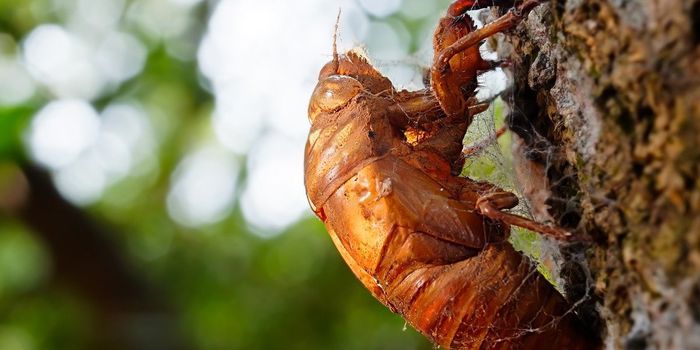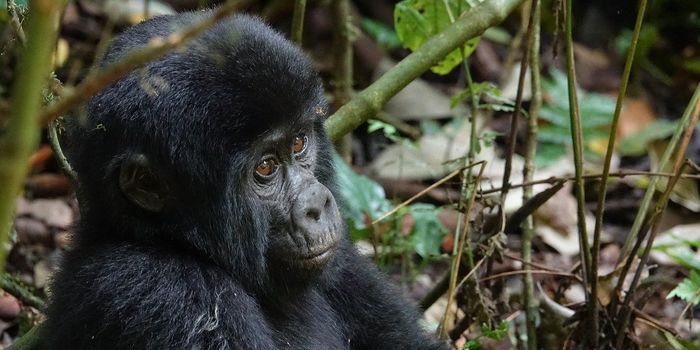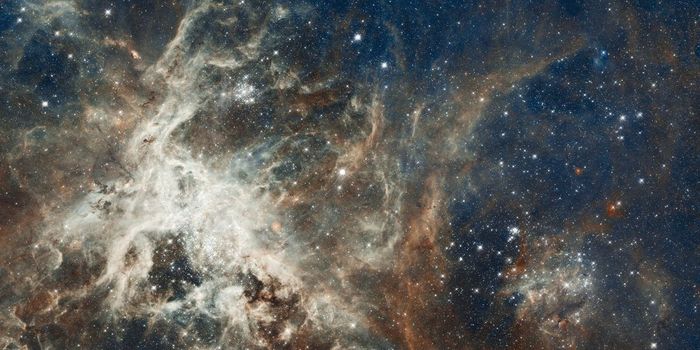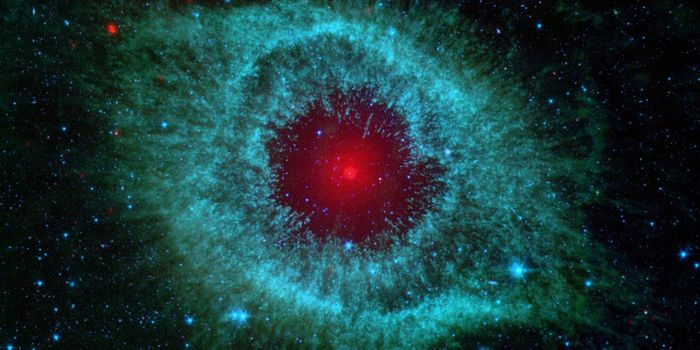How Many Bacteria are There in the World?
Surprisingly enough, researchers once thought that there were only a few thousand bacterial species on the planet - a shocking underestimation considering that we know now that probably a few million different kinds of bacterial species live on Earth.
Back then, researchers were so far off in their estimate because they simply did not have the right tools for detecting bacteria. At one time, researchers identified bacteria in specimens they collected in nature often just by looking for them. Things have changed a lot; now scientists search for bacteria with a method called 16S ribosomal RNA sequencing. In that technique, a common gene present in many organisms is sequenced, one which encodes for a component of the bacterial ribosome. It can help show which species are similar, and which are different. Learn more from this video, featuring Professor Judith Armitage of the Department of Biochemistry at the University of Oxford.








